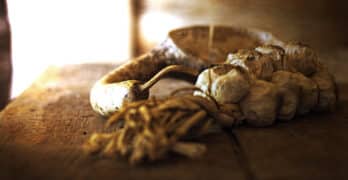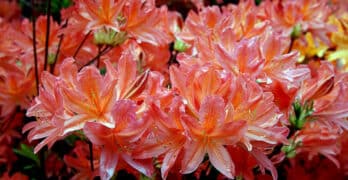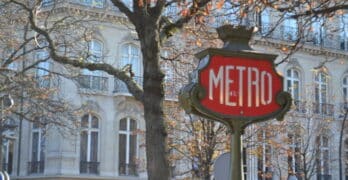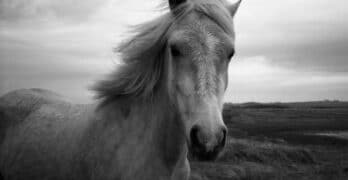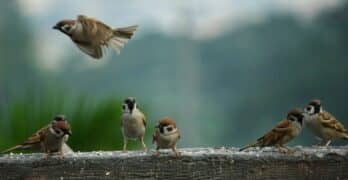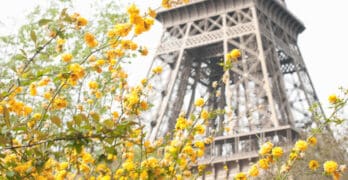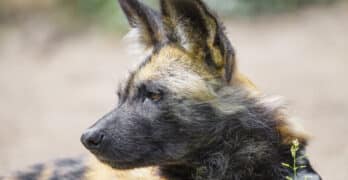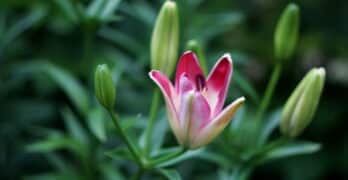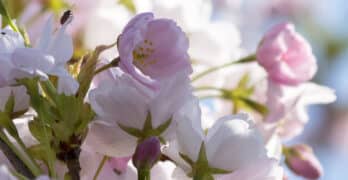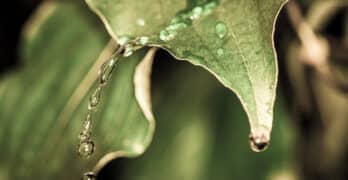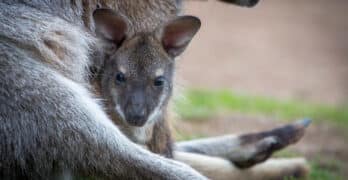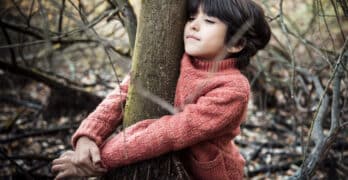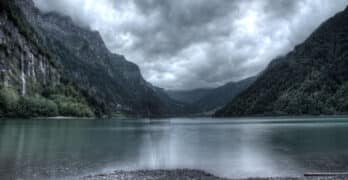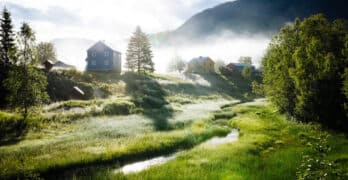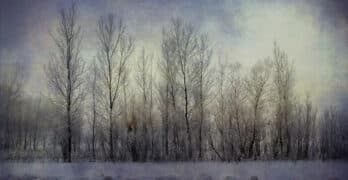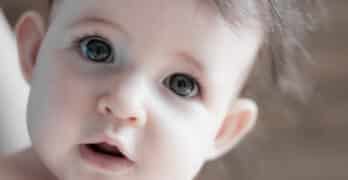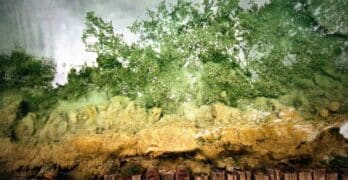Lisa Marie Basile names the events of life for obscure saints, most of which you’ve never heard of but know very well.
Poets and Poems: Sandra Marchetti and “Diorama”
In “Diorama,” poet Sandra Marchetti moves through a series of almost -photograph-like scenes , each poem like a scene in a ViewMaster (TM).
Poets and Poems: Christina Cook and “Roaming the Labyrinth”
In “Roaming the Labyrinth,” poet Christina Cook translates the poems of and writes about the French poet Marie-Claire Bancquart.
Longfellow’s “Paul Revere’s Ride”: Creating a National Legend
Henry Wadsworth Longfellow’s poem “Paul Revere’s Ride” was written at a perilous time in American history, when Civil War threatened.
Poets and Poems: Katie Kalisz and “Flu Season”
In “Flu Season,” poet Katie Kalisz writes what is collectively a love sonnet to her husband, family, home, and life.
Poets and Poems: Michelle Ortega and “When You Ask Me, Why Paris?”
In ‘When You Ask Me, Why Paris?’, poet Michelle Ortega reflects on a Paris of both place and memory—and the hints of Paris you stumble over in New York City and even in your own hometown.
Robert Waldron Imagines the Creation of “The Hound of Heaven”
In “The Hounds of Heaven at My Heels,” Robert Waldron imagines the creation of the great late 19th century poem by Francis Thompson.
Poets and Poems: Luci Shaw and “An Incremental Life”
In “An Incremental Life,” poet Luci Shaw takes stock of the personal, the poetic, and the sacred with the sense of experience lived.
Ben Palpant Talks with 17 Poets About, Well, Poetry
In “An Axe for the Frozen Sea,” poet and writer Ben Palpant interviews 17 poets about poetry and why and how they write.
Poets and Poems: Forrest Gander and “Mojave Ghost”
“Mojave Ghost,” a novel poem by Forrest Gander, combines the physical landscape of the desert with the interior landscape of the mind.
Poets and Poems: Siân Killingsworth and “Hiraeth”
In “Hiraeth: Poems,” Siân Killingsworth looks at how we remember people and events and how we never can go home again.
Poets and Poems: Donna Hilbert and “Gravity”
“Gravity: New & Selected Poems” by Donna Hilbert allow the reader to see the poet’s development of her theme of home, family, and life.
Poets and Poems: Emily Patterson and “So Much Tending Remains”
In “So Much Tending Remains,” poet Emily Patterson watches her child grow from birth to toddlerhood, reflecting what parenthood means.
“The Sadbook Collections 2″ by Sara Barkat
“The Sadbook Collections 2” by Sara Barkat provides cartoons of a stick figure character who has a poetic heart.
A Biography of Dante’s Divine Comedy
“Dante’s Divine Comedy: A Biography” by Joseph Luzzi considers how the great poem has been received over the centuries.
10 Great Resources for Teaching the Civil War
Not all Civil War teaching resources are created equal. Both primary and secondary sources enabled me to write a Civil War novel, and they can help you to teach it. Here are the best resources you’ll want when planning & teaching!
Relearning Civil War History to Write a Novel
To write the historical novel “Brookhaven,” I had to relearn the subject I thought I knew all about — the history of the Civil War.
Poets and Poems: Marjorie Maddox and “Seeing Things”
This Collection is a story of three generations of women, a story of depression, abuse, and dementia. If I gave the story a title, it might be “Broken Things, Mending.”
Religion and Poetry Do Mix – and Mix Well
Understanding the strong connection between religion and poetry can be both insightful and richly rewarding.
Poets and Poems: Ryan Ruby and “Context Collapse”
“Context Collapse” by Ryan Ruby is either a long poem serving as a critical literary essay, or an essay written in poetic form.
